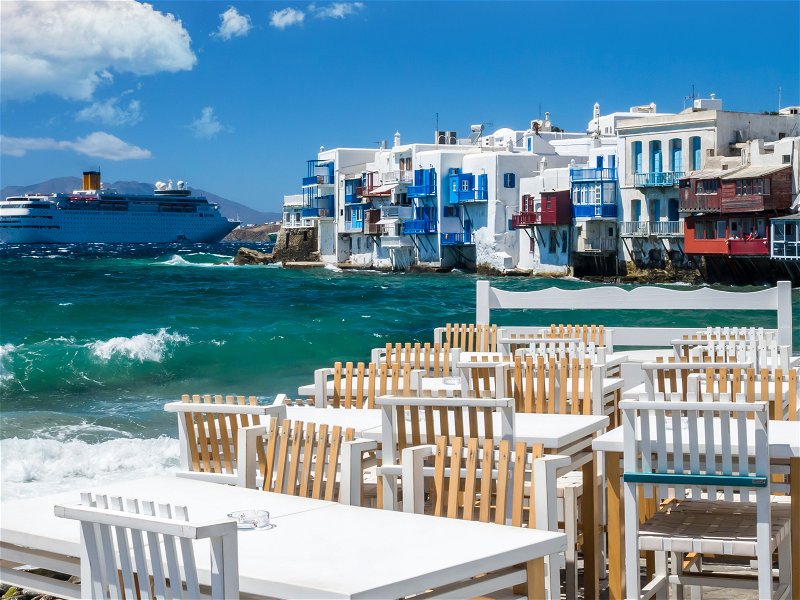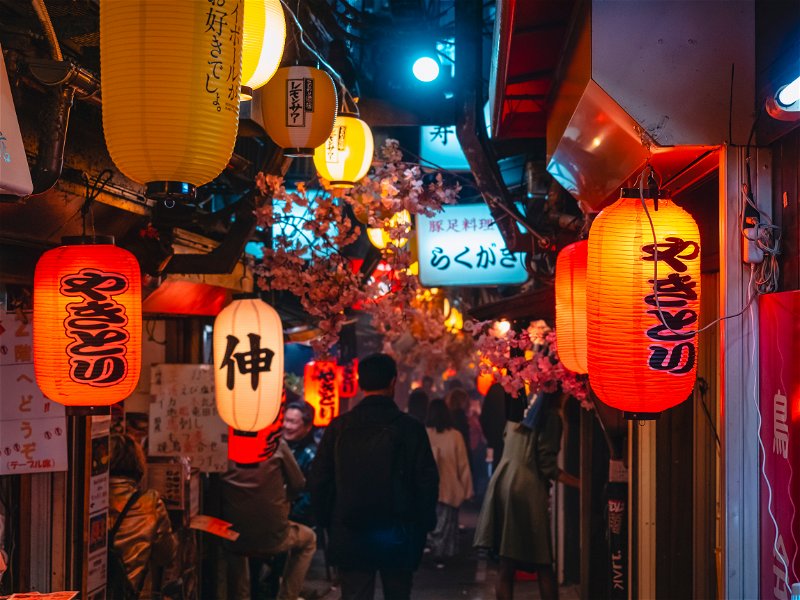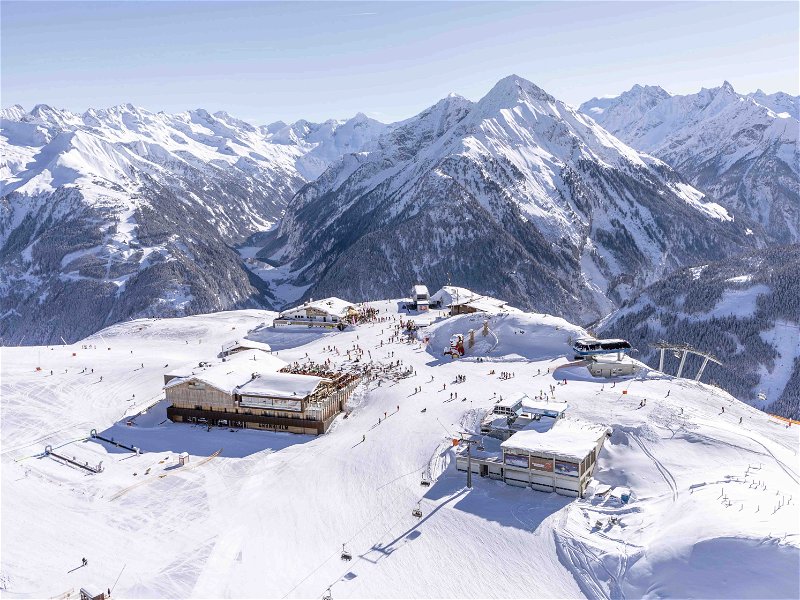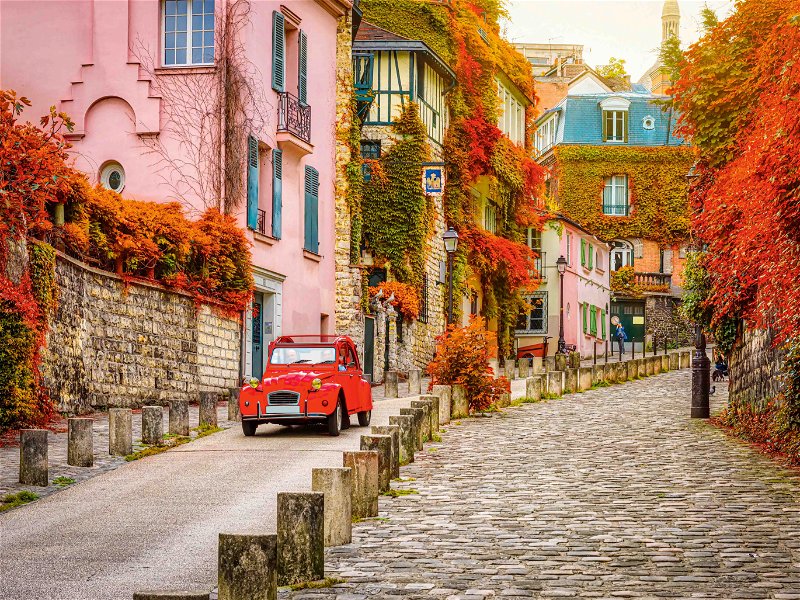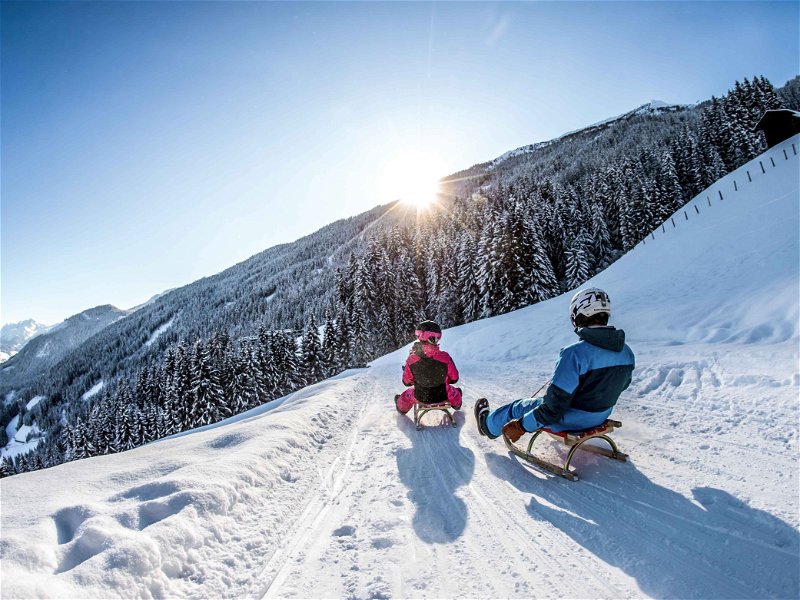Why Albania is this summer’s hottest travel destination
A nation closed to outsiders for years, Albania’s landscapes combine untouched beaches and historic villages with towering mountains littered with ancient castles, not to mention some of Europe’s best food.
Albania’s unique location and rich history combine influences from Greece, Italy, Eastern Europe and beyond. A predominantly Muslim country, it was long ruled with an iron fist and considered a dangerous place to travel under Communist rule. After the end of the Kosovo War in 1999, a trickle of tourists soon turned into a flood, and now Albania is welcoming over 5 million tourists each year - a figure which is only set to grow further. Drawn not only by the golden beaches, epic hiking trails and local cuisine, all of which remain largely untouched and unchanged, Albania is also within easy reach of anywhere in Europe, with affordable flights and new hotels and resorts popping up along its coast making it the perfect summer holiday spot.
Thousands of years of history
Albania’s history, architecture and archaeology has Roman, Byzantine, Communist and Ottoman-era buildings all vying for attention. Begin in the capital of Tirana, where you can explore the brutalist Pyramid of Tirana, the historic buildings in Skanderbeg Square and the beautiful Et’hem Bey Mosque. Visitors can also stroll along the city’s main promenade, Rrugra Murat Toptani, home to original fortifications and Albania’s parliament and go underground at BunkArt, a bunker built by Albania’s former dictator, Enver Hoxha. Outside of this bustling city, head to Gjirokastra, a UNESCO-listed Ottoman-era town with cobbled streets or visit the stunning Rozafa Castle in Shkoder. The UNESCO World Heritage Site of Berat, known as the city of a thousand windows, is one of Albania’s most unmissable destinations. Surrounded by intact city walls, the stone houses here are stacked densely atop one another giving the city its name. Close to Albania’s border with Macedonia lies Korça, a town brimming with local bazaars, music, and the country’s largest Orthodox church. For those searching for history that goes even further back, visit Butrint Archaeological Park, another UNESCO-listed national park spanning over 2000 years of history. Wander between houses, amphitheatres and monuments dating from the Roman, Ancient Greek and Hellenistic periods.

Incredible food and drink
Albanian cuisine takes influence from its close neighbours of Turkey, Greece and Italy, with some Balkan touches and remains extremely seasonal. Food is fresh and locally produced; lamb is a popular meat thanks to abundant farming in the hills, while fish is freshly caught along the country’s lengthy coastline. The temperate climate allows for a huge range of ingredients to be grown, particularly vegetables, and with its large Muslim population who avoid eating pork, there is no shortage of vegetarian options. A perfect example of their cuisine is Albania’s national dish, the hearty Tave Kosi, made with lamb and rice, topped with nutmeg, yoghurt sauce and egg which is baked in an oven. Other must-try dishes in Albania include Byrek, a pastry filled with spinach and cheese, and Chumlek, a meat and onion stew. Despite the heartiness of the cuisine’s main components, salad and soup are also enjoyed as accompaniments, and after a meal, deliciously sweet rice pudding and baklawa make the perfect dessert. Albania also holds its own when it comes to wine, which is widely available and extremely affordable. Raki, brandy and local spirits are the most common alcoholic beverages on menus, along with beer imported from elsewhere in Europe. Additionally, the influence of Turkey stretches to Albania’s coffee culture. Coffee is a much-loved part of Albanian heritage, and Italian-style and Turkish coffee can be found in cafes, restaurants and local homes.
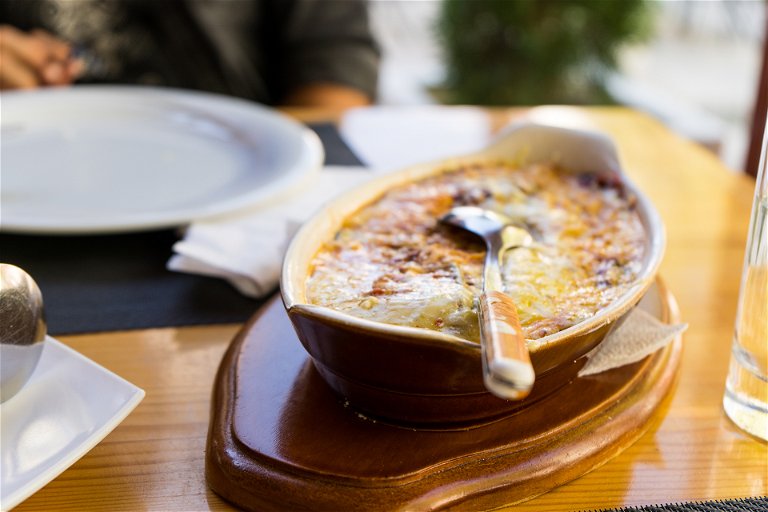
Beaches, hills and mountains
As people are continuously surprised to learn, Albania is home to some of Europe’s best beaches, which largely remain unblemished by mass tourism. The Albanian Riviera stretches from Vlore in the north to Sarandë in the south; here, the beaches in Ksamil and Borsh are hotspots in the summer months, when temperatures reach the high twenties - the sand is as soft as any in the Med and the water impossibly blue. There are plenty of beaches that, with a short hike or boat ride, are almost completely secluded, such as Kakome Beach, giving the paradisiacal Albanian coast that enduring allure. Away from the sea, the country hides magnificent scenery, from snow-capped mountains to undulating green hills and deep blue lakes, which is why the destination is so popular with hikers.
The Bovilla Lakes, Osum Canyon and Dajti National Park are particular highlights, with the latter providing its own cable car for those less keen on exercise. The famous Blue Eye, an astonishing natural spring, is also on many tourist itineraries. Although the summer months are the most popular time to visit Albania, in winter temperatures can drop to zero, making it ideal for visiting the Albanian Alps and Dardha, one of the most popular areas for skiing in the country. Thanks to its deceptively small size and stretching landscapes, visitors who don’t opt for a tour to Albania are recommended to hire a car for maximum flexibility and exploration.
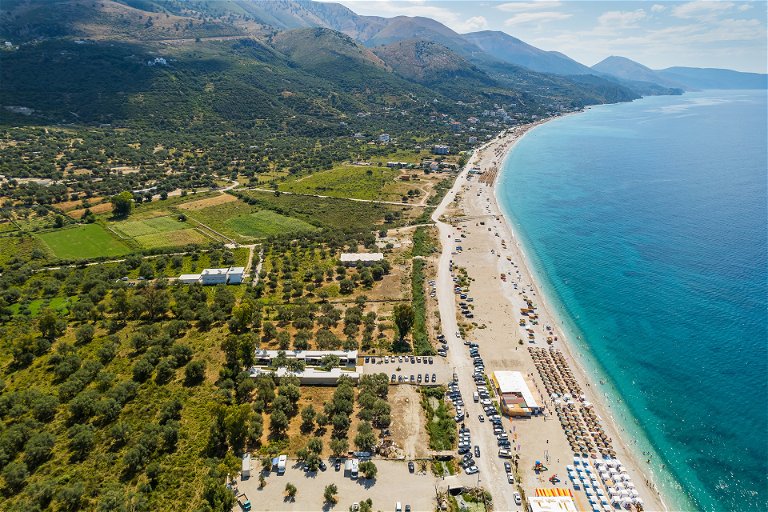
What to know
- Albania’s international airport is located in Tirana, with European airlines increasingly offering direct flights. BA, WizzAir, EasyJet and Eurowings all currently fly to the country, with direct flights taking 3 hours from London. It is also possible to reach Albania by ferry from Corfu or by bus from Athens and other neighbouring countries.
- Summer is the most popular time to visit Albania, enjoy the warm weather, lush countryside and mountains, and fully experience the country’s outdoors. Spring is the best time to visit when Albania is slightly less crowded but at a comfortable temperature.
- Albania is one of Europe’s most affordable destinations. Drinks cost as little as 1, meals up to 5 and hotels range from 20-50 per night, depending on budget.
- Driving is the most common and accessible form of transport in Albania, although public transport is available. Roads are modern and easy to navigate. Carrying your licence at all times is required.
- Albania is now an extremely safe country. Tourists are devised to be vigilant as in any destination, however, Albanians are extremely friendly and hospitable. As there is a large Muslim population, be prepared to dress respectfully, particularly when entering mosques and places of worship.



